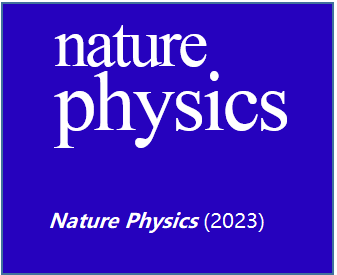Low-temperature readout electronics is essential to suppress various unwanted effects due to the long cable between the measured signal at low temperature and the room-temperature readout electronics: the triboelectric effect, microphonic noise, capacitive coupling noise and data-acquisition rate slow-down.
Specially designed and fabricated cryogenic HEMTs – cryoHEMTs working at 4.2 K or lower for low-frequency cryogenic readout electronics, they facilitate the following accomplishments:
– At certain frequencies, reaching unprecedented low noise current of aA/Hz½ and low noise voltage of sub nV/Hz½;
– Attaining unrivaled readout rates and improve the Signal-to-Noise Ratio;
– Realizing novel experimental observations.
Their implementation has already resulted in publications in Science; Nature family of journals (see more in “publications”), among them:












